“Book my course to improve your running technique, become faster and avoid injuries” is how various providers advertise to customers. The cost is between €100 and €250, but is it worth it?
That is what this article is about. With the following points:
- Is there a correct running technique?
- Can you prevent injuries with the right running technique?
- Can you become faster with the right running technique?
- Conclusion
1. Is there a correct running technique?
One of the most important parameters for measuring running technique is the so-called running economy. This involves measuring oxygen consumption at a certain speed and comparing it with other people. The less oxygen a person uses at a set speed, the better the running economy. This is important because it is more common for the maximum oxygen consumption to be the same, even though different speeds of up to 30% can be run. (Source 1)Now that we have established that running economy is so important, we can dare to ask the question: is there a perfect running technique? The answer is simple: No. That is because we are all different. Everyone has different requirements and circumstances and this leads to very different running techniques. As a recommendation, when there is a big marathon or Olympics, just pay attention to the running technique of the athletes. Everyone is different... (Source 2)
2. Can you prevent injuries with the right running technique?
There are numerous studies that attempt to link biomechanical factors such as knee angle or stride length with injuries. Some of them manage to do this, but the problem is that there is either no connection between biomechanical factors and injuries, or the influencing factors only have a very small effect. In other words, biomechanics only seem to directly influence a very small proportion of injuries. (Source 3) You may have heard that the way your foot strikes also affects injuries. It is interesting to note that people who primarily strike on their forefoot when jogging have different injuries than people who primarily strike on their back foot. Despite this, the injury rate does not seem to differ. (Source 4)3. Can you get faster with the right running technique?
There are various biomechanical factors that influence running economy. Previous interventions that have attempted to influence these factors have not managed to produce positive results - on the contrary. Running economy has either worsened or not changed. It should also be mentioned that so far "only" interventions of up to 12 weeks have been carried out. However, I do not understand why an even longer intervention should suddenly have an effect if 3 months of training have no effect... (Source 1)
4. Conclusion:
Save yourself the money and time for training your running technique. Current scientific findings strongly suggest that this will neither make you faster nor less likely to get injured. A little tip: long runs, interval training and strength training have been proven to improve running economy and, in case of doubt, it costs nothing at all.

Who am I? I am Florian Lechermann, a graduate in sports science, runner and triathlete. Since there are many myths about running, I have made it my mission to clear them up and pass on the knowledge I have gained from my studies. I also use my knowledge to coach my clients when running marathons. You can find me on Instagram at sport_meets_science and my website at sportmeetsscience.com .
If you are still not convinced, then look at Camille Herron... a living example that you can break world records even with an "imperfect" running technique.
Sources:

